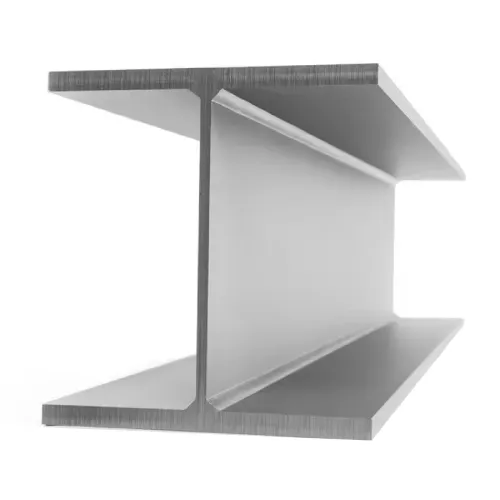I-Beam Aluminum: Uses and Specifications
I-beam aluminum typically refers to aluminum profiles with an "I" cross-section shape. These profiles are known for their strength and stability, making them widely used in construction, industrial, and mechanical applications. Here are some common uses and specifications:
Main Uses
Building Structures: I-beam aluminum profiles are often used in building frameworks, support structures, and decorative applications. Examples include door and window frames, curtain wall supports, and exterior wall decorations.
Industrial Manufacturing: In the industrial sector, I-beam aluminum profiles are used to create various mechanical structures and support devices, such as conveyor belt stands, machine tool frames, and production line structures.
Transportation: In vehicle manufacturing, I-beam aluminum profiles are used to build lightweight frames and support structures.
Home Furnishings: I-beam aluminum profiles can also be found in home products like bookshelves, display stands, and other furniture, where they provide strength and stability.
Specifications
Specifications and parameters for I-beam aluminum profiles can vary based on specific needs and design standards, but generally include the following:
Material: Common aluminum alloys include 6061, 6063, and 6082, each offering different mechanical properties and processing characteristics.
Cross-Section Dimensions: The dimensions of an I-beam aluminum profile include width (B), height (H), and web thickness (t). Common sizes might include, for example, 50mm x 100mm or 100mm x 200mm, depending on application and load requirements.
Wall Thickness: The thickness of the profile walls affects its strength and load-bearing capacity, with common thicknesses ranging from a few millimeters to several centimeters.
Length: The length of aluminum profiles is usually cut and processed according to the specific needs of the application. Standard lengths might include 6 meters, 12 meters, etc.
Surface Treatment: I-beam aluminum profiles can undergo various surface treatments, such as anodizing, electrophoretic coating, or painting, to enhance corrosion resistance and aesthetics.
Specific specifications and parameters should be chosen based on design needs and application scenarios, and it is advisable to consult with professional aluminum profile suppliers or engineers for special requirements.






